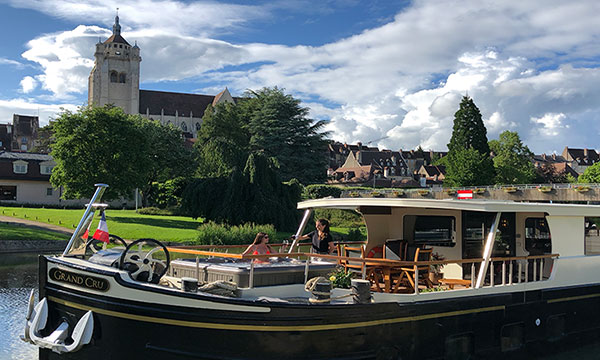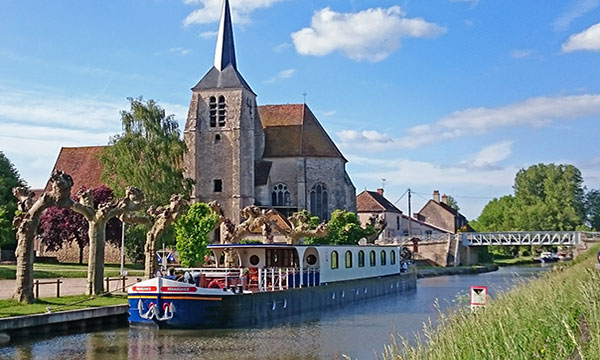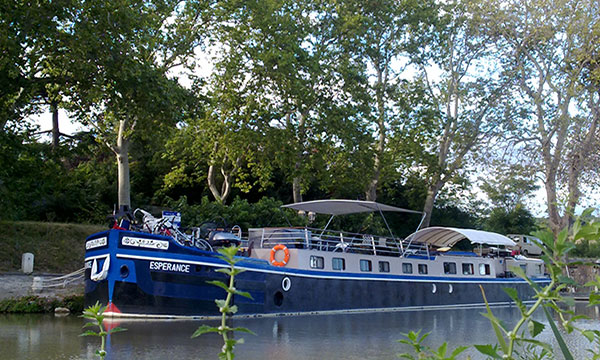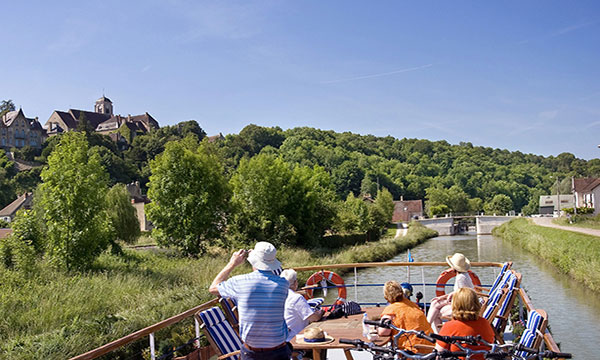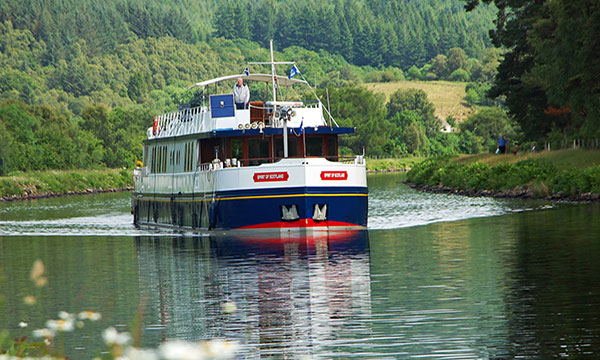Cocktails from the Canals of France: Bordeaux and Gascony
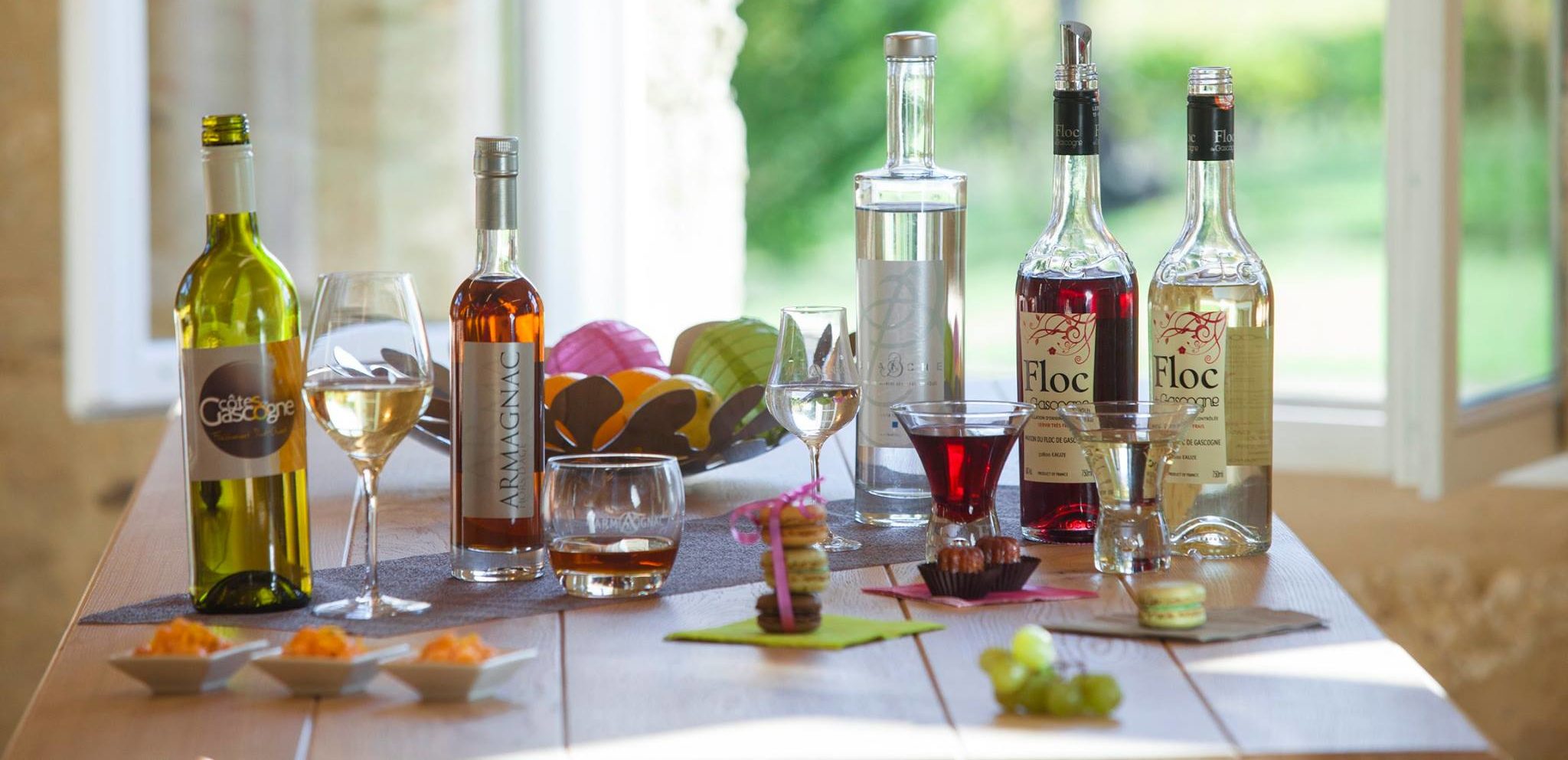
With a heritage of over 100 years, the history of the cocktail in France
is both international and hyperlocal.

Buoyed by post-war optimism and a newly energized relationship with the United States, the 1920s saw the French swapping their traditional glasses of wine for transatlantic tipples. Served in the stylish lounges of Paris owned by enterprising Americans, the recipes for these newfangled New York libations soon evolved to incorporate France’s own spirits and liqueurs, and the art and science of the French cocktail was born.
Accordingly, the French barge cruise experience has deservedly earned quite the reputation for marvelous mixed drinks. Served by the crew during the nightly cocktail hour onboard, these ambrosial aperitifs are carefully crafted to showcase France’s signature spirits and local liqueurs.

Every cruise route in France boasts its own range of boutique botanicals and delightful distillates, and the southwestern sister regions of Gascony and Bordeaux are known for their small batch brandy, Armagnac. A cousin to a far more commercially successful elixir, Cognac, Armagnac is typically produced by multi-generational vineyards with limited yield and no plans for export. Generally speaking, however, Armagnac is more rustic, fiery, and flavorful than Cognac, and boasts a bolder presence in the liquor libraries of cocktail connoisseurs.
“The craft cocktails served on the Saint Louis are very popular with our passengers,” explains co-owner and Tour Guide Peter Carrington. “We stock our bar with French favorites and local labels, and Armagnac is an ingredient we use often for authentic tastes of Gascony and Bordeaux.”
As France’s oldest brandy, Armagnac’s 700-year history is exclusively identified with the sun-kissed vineyards of the southwest. After the annual October harvest, a blend of up to nine grape varietals are pressed only once, and the juice is left to naturally ferment. The resulting wine is then distilled in a special copper apparatus, emerging as a clear eau-de-vie with a high alcohol level, accounting for an intensely astringent bouquet in its youth.
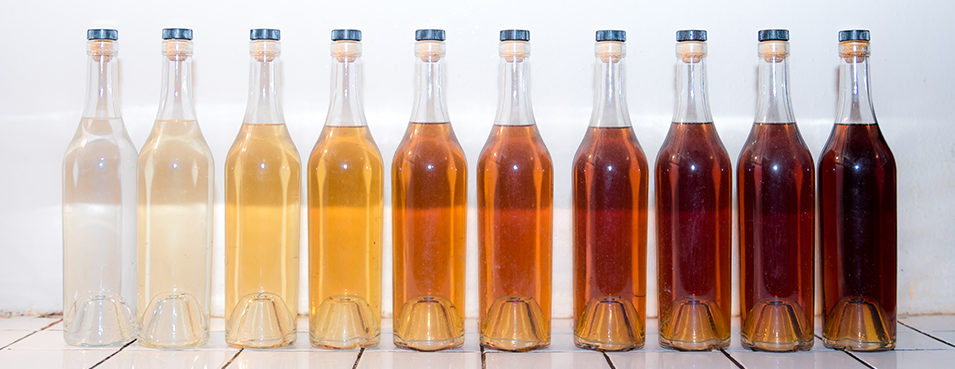
However, once the liquid is transferred to special oak barrels and allowed to mature over the slow unfolding of decades in the coolness and darkness of the winemaker’s cellar, the eau-de-vie takes on a lovely amber color that then evolves to mahogany, reflecting the notes of vanilla, caramel, and coffee for which the finest and smoothest Armagnac is celebrated. Indeed, it is the traditional reliance on the historical methods of the harvesting, distilling, and aging which gradually infuses this southwestern spirit with its uniquely Gallic zing.
“The dried fruit, smooth smoke, and toasted wood flavors that tend to present themselves in aged Armagnacs balance between grape sweetness and bracing booziness,” says Barge Lady Cruise Correspondent and culinary critic Nora McGunnicle. “Each harvest is like a living thing, with unique flavors and chemical properties and nuances which change slowly over time.”
The Barge Ladies are eager to share the delicious details and regional recipes from two of our favorite craft cocktail cruises! What could be more satisfying than savoring a freshly mixed alcoholic elixir while lounging on deck, watching the slow sunset in the French countryside, bien sur. Bottoms up for the cocktails on barge cruises, chin-chin!
SAINT LOUIS’ “PROPER D’ARTAGAN SIPPER”
“The d’Artagnan is aptly named after the fourth Musketeer, a native of Gascony,” says the Saint Louis’ co-owner and Tour Guide Peter Carrington. “It’s a great Champagne cocktail and lesser-known compared to many other varieties but it has to be made with Armagnac to be considered a proper d’Artagnan!” 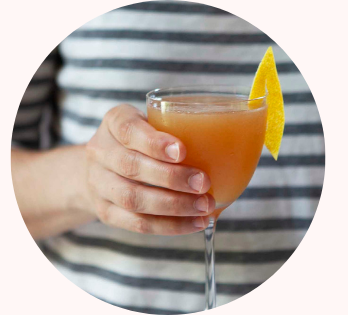
- ½ Oz Armagnac
- ½ Oz Grand Marnier
- 2 Oz Orange Juice
- ¼ Oz Simple Syrup
- Brut Champagne
Shake the Armagnac, Grand Marnier, orange juice, and syrup with ice and strain into a chilled coupe glass. Top up with Brut Champagne to taste.
ROSA’S “LES FLEURS FLUVIALE”
“Floc de Gascogne is a regional aperitif,” explains Dominique Monclus, the owner-operator of the Rosa. “It’s with made of 1/3 of Armagnac and 2/3 of fresh grape juice, produced in both white and rosé varieties,” he furthers. “The word ‘floc’ comes from the Occitan language, and means ‘bouquet of flowers’, giving this drink its special name.” 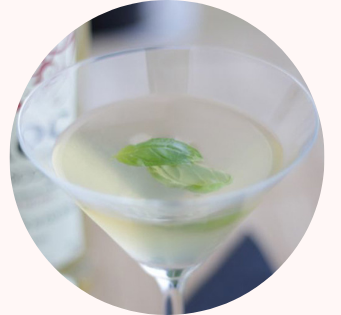
- 1.5 Oz of Floc de Gascogne white
- .5 Oz of gin
- 1 basil leaf
- .5 Oz of white grape juice
- .5 Oz of fresh lemon juice
Mix the Flos de Gascogne blanc, gin, white grape juice, and fresh lemon juice in a shaker with ice. Serve in a martini glass, topped off with the basil leaf.






